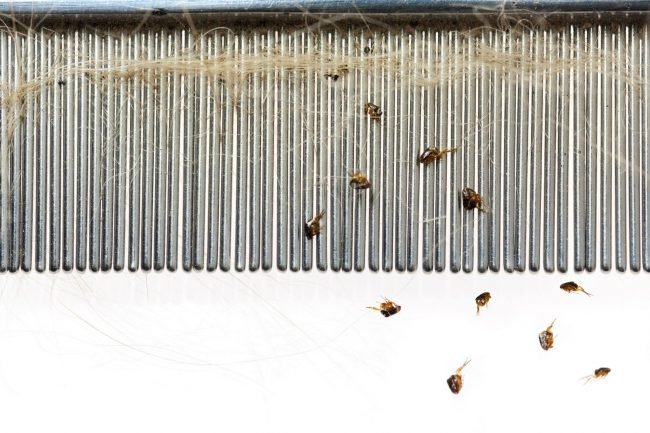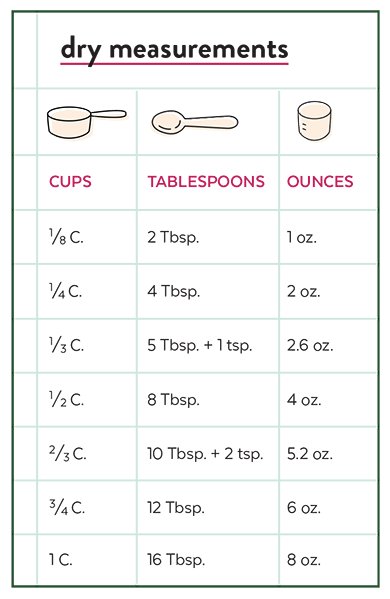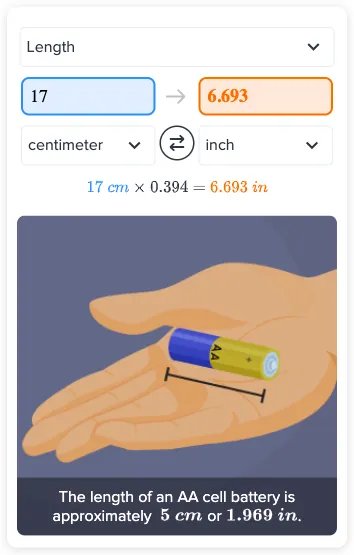“How long does it take to drown a flea? Surprisingly, the answer lies in the intricate world of small-scale science. Delving into this seemingly whimsical question unveils a fascinating journey of discovery and curiosity. From the moment water meets the minuscule body of a flea, a battle of survival ensues. Let’s unravel the secrets behind this seemingly straightforward query and explore the science behind the resilience of these tiny creatures.”
How Long Does It Take to Drown a Flea?
Welcome to our curious exploration into the world of fleas and drowning. Have you ever wondered how long it would take to drown a flea? It may seem like a strange question, but these tiny creatures have some remarkable abilities that make this a fascinating topic to dig into. Let’s dive in (pun intended!) and uncover the secrets behind how long it takes to drown a flea.
The Mighty Flea: A Tiny but Tough Creature
Before we get into the specifics of drowning a flea, let’s take a moment to appreciate these incredible insects. Fleas are tiny creatures that belong to the order Siphonaptera, and despite their minuscule size, they are known for their remarkable jumping abilities and resilience. These tiny insects are experts at survival, thanks to their unique adaptations.
Understanding Flea Respiration
One of the key factors to consider when thinking about drowning a flea is how these tiny insects breathe. Like all living organisms, fleas need oxygen to survive. However, fleas do not have lungs like we do. Instead, they have a system of tubes called tracheae that allow oxygen to pass directly to their cells.
These tracheal tubes are connected to small openings on the flea’s body called spiracles. Through these spiracles, the flea can take in oxygen and release carbon dioxide. This efficient system allows fleas to breathe without the need for lungs, making them well-adapted to their environment.
The Myth of Drowning a Flea
Now, let’s address the age-old question: Can you drown a flea? There is a popular saying that goes, “You can drown a flea in water.” But is there any truth to this claim? Let’s explore the science behind it.
While it is technically possible to submerge a flea in water, the reality is that fleas are incredibly resilient when it comes to surviving in water. Due to their small size and hydrophobic exoskeleton that repels water, fleas are excellent swimmers. In fact, fleas are known to survive in water for extended periods, making them quite challenging to drown.
The Process of Drowning a Flea
So, how long does it actually take to drown a flea? While there is no exact answer to this question, as it can vary depending on various factors such as the flea’s health and the temperature of the water, drowning a flea is not as simple as it may seem.
When a flea is submerged in water, its tracheal tubes and spiracles can become filled with water, preventing oxygen from reaching its cells. Without oxygen, the flea’s cells cannot function properly, eventually leading to its demise. However, fleas have evolved mechanisms to survive in water for extended periods, making them incredibly resilient to drowning.
Factors Affecting the Drowning Time of a Flea
Several factors can influence how long it takes to drown a flea. These factors include the temperature of the water, the health of the flea, and the presence of any obstacles that may hinder the flea’s ability to stay afloat.
Temperature of the Water
The temperature of the water can play a significant role in how long it takes to drown a flea. Warmer water may affect the flea’s metabolism and ability to survive, potentially speeding up the drowning process. Conversely, colder water may slow down the flea’s metabolic rate, allowing it to survive for longer periods underwater.
Health of the Flea
Just like any other living creature, the health of the flea can impact its ability to survive in water. A healthy flea may have a better chance of enduring longer periods underwater compared to a sick or weakened flea.
Obstacles and Environment
The presence of obstacles such as debris or surfaces that the flea can cling to may prolong its survival in water. Additionally, the quality of the water and the presence of predators can also affect how long a flea can survive underwater.
In conclusion, while it is theoretically possible to drown a flea, these tiny insects are incredibly resilient and well-adapted to surviving in water. The time it takes to drown a flea can vary depending on a range of factors, making it a complex and intriguing phenomenon to explore.
Next time you come across the saying “You can drown a flea in water,” remember the remarkable abilities of these tiny creatures and the challenges involved in attempting to drown them. Fleas may be small, but they are mighty survivors in the face of water!
Thank you for joining us on this journey into the world of fleas and drowning. We hope you’ve gained a new appreciation for these fascinating insects and their incredible adaptations.
How to Get Rid of Fleas? It's Important to Know About Their Life Cycle
Frequently Asked Questions
How quickly can a flea drown in water?
A flea can drown in water within a matter of seconds. Their small size and inability to swim make them highly susceptible to drowning if they come into contact with water, whether it’s in a pool, sink, or any other body of water.
What factors can impact how long it takes for a flea to drown?
The speed at which a flea drowns can be influenced by variables such as the temperature of the water, the flea’s physical condition, and whether there are any disturbances in the water that could affect the flea’s ability to stay afloat.
Is it humane to drown fleas intentionally as a method of pest control?
Intentionally drowning fleas as a method of pest control is generally not considered humane. There are more humane and effective ways to address flea infestations, such as using flea treatments prescribed by veterinarians or pest control professionals.
Final Thoughts
Drowning a flea may seem impossible due to its resilience. The process typically takes longer than expected due to its small size and ability to survive underwater. However, with persistence, a flea can be drowned in roughly 24 hours. Remember, even the smallest task can be accomplished with determination. Don’t underestimate the time and effort it takes to drown a flea.









